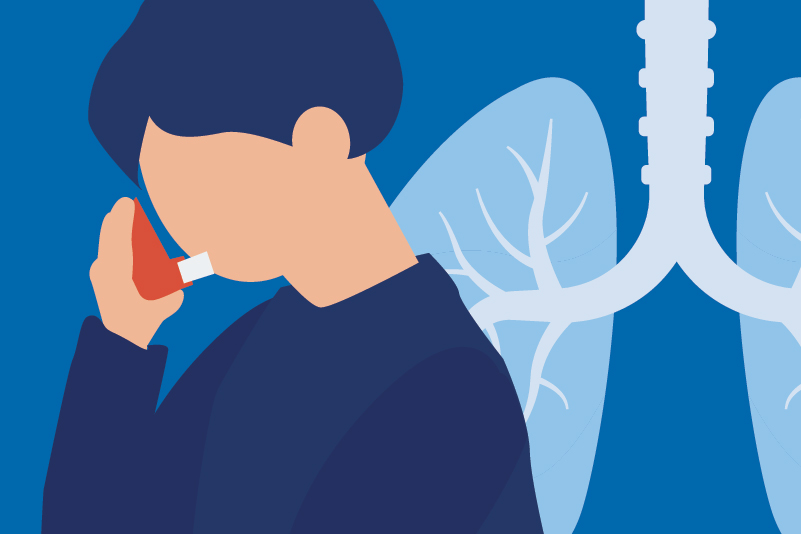#154 Pills vs. Puffers: Leukotriene receptor antagonists for childhood asthma

Reading Tools for Practice Article can earn you MainPro+ Credits
Join NowAlready a CFPCLearn Member? Log in
- Randomized Controlled Trials (RCTs) report many outcomes, particularly surrogate endpoints like FEV1. We focused on objective clinical outcomes.
- Three systematic reviews of RCTs: ICS superior to LTRAs for mild/moderate asthma.1-3
- Largest Cochrane review (19 trials, 3,333 children):1 LTRA had statistically significantly more asthma exacerbations requiring oral corticosteroids (18.8%) versus ICS (13.3%), Number Needed to Harm (NNH)=21.
- Three systematic reviews assess LTRA as step-up therapy to ICS (4-16 weeks).3,4,5 Exacerbation compared in one RCT each:
- LTRA+ICS versus ICS same dose:6
- 279 children, no difference.
- LTRA+ICS low dose versus ICS moderate dose:7
- 165 children, no difference.
- LTRA+ICS versus LABA+ICS:7
- 167 children, no difference.
- Composite endpoint (exacerbations, asthma control days and FEV1) found LTRA inferior to LABA, NNH=6.
- Network meta-analysis (35 RCTs) found ICS+LABA best, ICS+LTRAs, medium/high-dose ICS and low-dose ICS tied for second, LTRA alone and placebo last.8
- LTRA+ICS versus ICS same dose:6
- RCTs comparing LTRAs to placebo report conflicting results.9,10
- Three systematic reviews of RCTs: ICS superior to LTRAs for mild/moderate asthma.1-3
- Children age ≤5 years are included in few RCTs and fail to show consistent benefit.11,12
- Guidelines state LTRA “are not advocated and/or should be avoided” until further evidence in this age group.
- LTRAs were the second most commonly prescribed drug in children aged 0-11 from 2007-2009 (USA).14
- Parental concern about ICS safety, including growth effects, may impact decision making and compliance.15 No difference between LTRA and ICS in rates of adverse events, but more patients on LTRAs withdrew from studies due to poor asthma control.1
- LTRAs have demonstrated some benefit in various subgroups including allergic rhinitis,16,17 exercise induced bronchospasm,18 and specific genotypes.19 Limited research suggests superior outcomes with ICS in these groups.16-19






